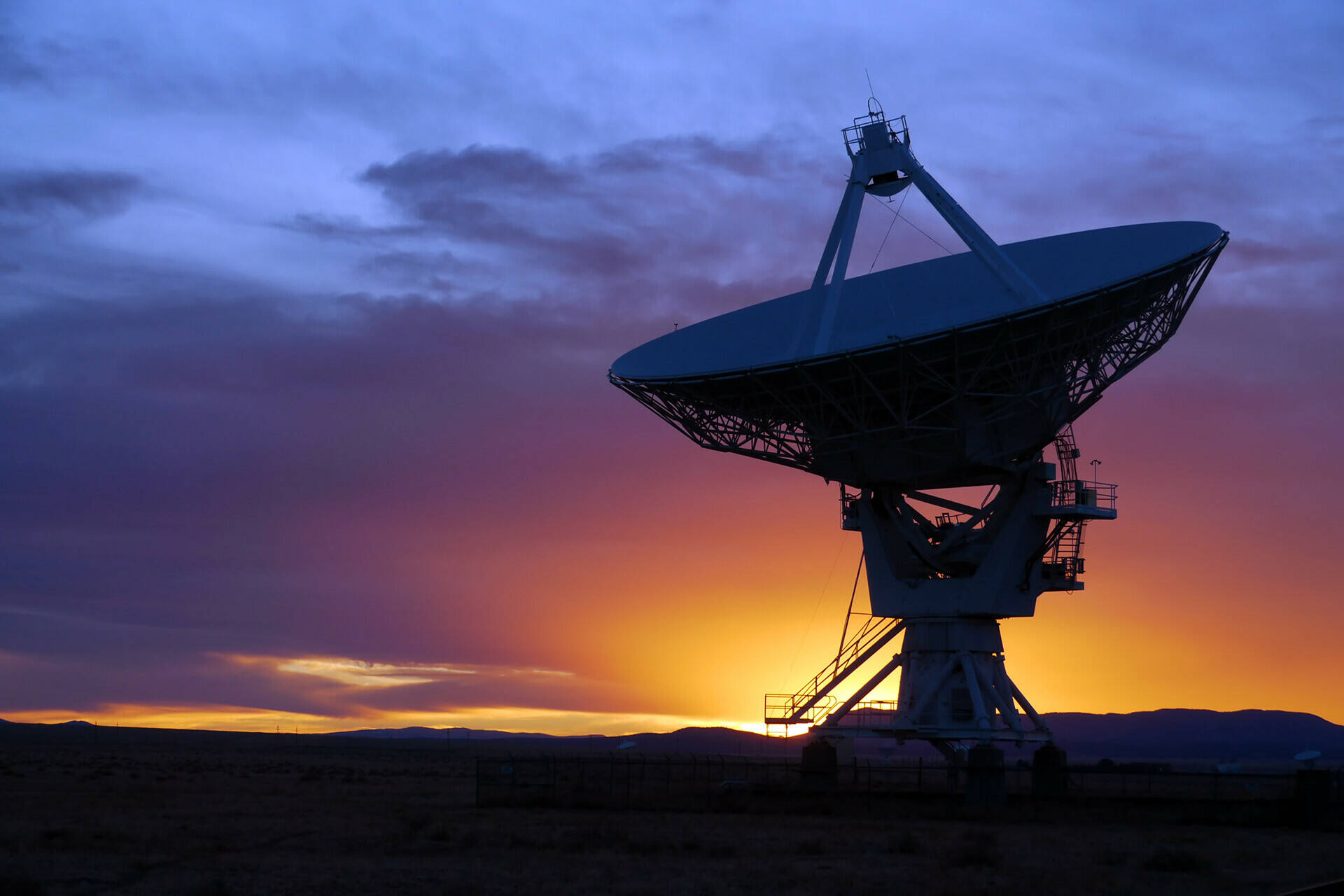



Post-event
analysis
4
Day of
operation
3
Planning
2
Notification
1



The publication concludes by noting that space operations are governed by several international treaties. But there is no body or authority to regulate or develop standards or practices for operations taking place in space. Launch and re-entry vehicles are not considered aircraft and so are not covered by ICAO and the Chicago Convention.
ANSPs should therefore limit the scope of their actions to airspace management, which generally includes NOTAM coordination and air traffic control procedures. Issues regarding regulation of space operations should be deferred to the SSR.
“SSRs are charged with oversight of public safety for commercial space operations and the operation of spaceports,” notes the publication. “ANSPs correspondingly play a fundamental role in ensuring the safety and security of the airspace system. Therefore, the implementation of SSR-defined hazard areas, or danger areas, is an essential role of an ANSP during space transportation operations.”
Airspace safety

Situational awareness
On the day of the launch, it is obviously critical to maintain heightened situational awareness, especially in the case of any irregular, unexpected or unplanned events. Planning – usually in the form of a Letter of Agreement – will have defined the processes that enable this.
CANSO’s publication notes that techniques and procedures can be developed to determine exactly which sections of airspace will be closed to aircraft during an operation and for how long the closure should remain active. This is an effective alternative to closing large sections of airspace for long periods of time.
To maintain an orderly flow in the surrounding airspace, ANSPs should consider applying ATFM procedures where possible. It may be that simple demand monitoring will be sufficient. For the ANSP, the aim is to identify exactly which aircraft might be affected by the potential danger areas and when they might arrive. Other ANSPs will necessarily be involved as they may need to reroute or delay aircraft bound for the affected airspace, for example.
Contingency plans are also vital for the day of operations. There are no internationally recognised standards for such a plan and ANSPs must be mindful of this. There are, however, guidelines in certain areas that can be followed. For instance, the US Federal Aviation Administration employs Debris Recovery Areas (DRAs).
For the post-event analysis, ideally, an examination with all stakeholders would be held to review how well the operations went and how processes might be improved. This is a consideration for both Coordinating ANSPs and Integrating ANSPs.
Notification and planning
Each event is a complex undertaking for ANSPs. Even today, with launches restricted to a small number of sites, re-entries and various other considerations mean the safety implications are global. With spaceports growing in number, the intricacies will multiply.
As soon as a launch date and other relevant information, such as vehicle type and payload, are known a Notice to Airmen (NOTAM) is issued, highlighting the danger areas during launch and re-entry. The NOTAM could come from several sources, including the State Space Regulator (SSR). The SSR will also determine the size and geometry of danger areas.
Importantly, the NOTAM could be relevant to several flight information regions depending on performance parameters. Generally, the ANSP responsible for the launch is called the Coordinating ANSP and those affected by the operation are Integrating ANSPs.
When it comes to airspace planning, the publication suggests “airspace managers may choose to activate different types of airspace in support of space operations, including warning areas, danger areas, falling debris areas, or other forms of altitude reservations (ALTRVs)."
For launches that are becoming routine, a standard procedure might already be in place but it is also possible that the launch will represent an evolution of technology and procedure and contain some unique characteristics.
As part of the planning process, it is recommended that ANSPs consider:
The ability to draw or depict danger areas on air traffic management (ATM) and air traffic flow management (ATFM) automation displays to increase situational awareness and increase safety.
Communication mechanisms.
Conference call capabilities.
Compiling a list of stakeholder individuals, organisations, or relevant bodies who may need updates on the day of operations.
Automation to facilitate the submission, planning, coordination, and management of space operations.
Data exchange standards for communicating space data for ATM purposes.
To help, CANSO has published ANSP Considerations for Managing Space Operations. This recommends ANSPs consider four steps when managing a space launch:
Space operations are becoming commonplace. In 2022, there were 186 successful launches, a 28 per cent increase over the previous year.




Advertisement


As soon as a launch date and other relevant information, such as vehicle type and payload, are known a Notice to Airmen (NOTAM) is issued, highlighting the danger areas during launch and re-entry. The NOTAM could come from several sources, including the State Space Regulator (SSR). The SSR will also determine the size and geometry of danger areas.
Importantly, the NOTAM could be relevant to several flight information regions depending on performance parameters. Generally, the ANSP responsible for the launch is called the Coordinating ANSP and those affected by the operation are Integrating ANSPs.
When it comes to airspace planning, the publication suggests “airspace managers may choose to activate different types of airspace in support of space operations, including warning areas, danger areas, falling debris areas, or other forms of altitude reservations (ALTRVs)”.
For launches that are becoming routine, a standard procedure might already be in place but it is also possible that the launch will represent an evolution of technology and procedure and contain some unique characteristics.
As part of the planning process, it is recommended that ANSPs consider:
The ability to draw or depict danger areas on air traffic management (ATM) and air traffic flow management (ATFM) automation displays to increase situational awareness and increase safety.
Communication mechanisms.
Conference call capabilities.
Compiling a list of stakeholder individuals, organisations, or relevant bodies who may need updates on the day of operations.
Automation to facilitate the submission, planning, coordination, and management of space operations.
Data exchange standards for communicating space data for ATM purposes.
Post-event analysis
4
Day of operation
3
Planning
2
Notification
1
The publication concludes by noting that space operations are governed by several international treaties. But there is no body or authority to regulate or develop standards or practices for operations taking place in space. Launch and re-entry vehicles are not considered aircraft and so are not covered by ICAO and the Chicago Convention.
ANSPs should therefore limit the scope of their actions to airspace management, which generally includes NOTAM coordination and air traffic control procedures. Issues regarding regulation of space operations should be deferred to the SSR.
“SSRs are charged with oversight of public safety for commercial space operations and the operation of spaceports,” notes the publication. “ANSPs correspondingly play a fundamental role in ensuring the safety and security of the airspace system. Therefore, the implementation of SSR-defined hazard areas, or danger areas, is an essential role of an ANSP during space transportation operations.”
Airspace safety

On the day of the launch, it is obviously critical to maintain heightened situational awareness, especially in the case of any irregular, unexpected or unplanned events. Planning – usually in the form of a Letter of Agreement – will have defined the processes that enable this.
CANSO’s publication notes that techniques and procedures can be developed to determine exactly which sections of airspace will be closed to aircraft during an operation and for how long the closure should remain active. This is an effective alternative to closing large sections of airspace for long periods of time.
To maintain an orderly flow in the surrounding airspace, ANSPs should consider applying ATFM procedures where possible. It may be that simple demand monitoring will be sufficient. For the ANSP, the aim is to identify exactly which aircraft might be affected by the potential danger areas and when they might arrive. Other ANSPs will necessarily be involved as they may need to reroute or delay aircraft bound for the affected airspace, for example.
Contingency plans are also vital for the day of operations. There are no internationally recognised standards for such a plan and ANSPs must be mindful of this. There are, however, guidelines in certain areas that can be followed. For instance, the US Federal Aviation Administration employs Debris Recovery Areas (DRAs).
For the post-event analysis, ideally, an examination with all stakeholders would be held to review how well the operations went and how processes might be improved. This is a consideration for both Coordinating ANSPs and Integrating ANSPs.
Situational awareness
To help, CANSO has published ANSP Considerations for Managing Space Operations. This recommends ANSPs consider four steps when managing a space launch:
Notification and planning
Each event is a complex undertaking for ANSPs. Even today, with launches restricted to a small number of sites, re-entries and various other considerations mean the safety implications are global. With spaceports growing in number, the intricacies will multiply.
Space operations are becoming commonplace. In 2022, there were 186 successful launches, a 28 per cent increase over the previous year.

